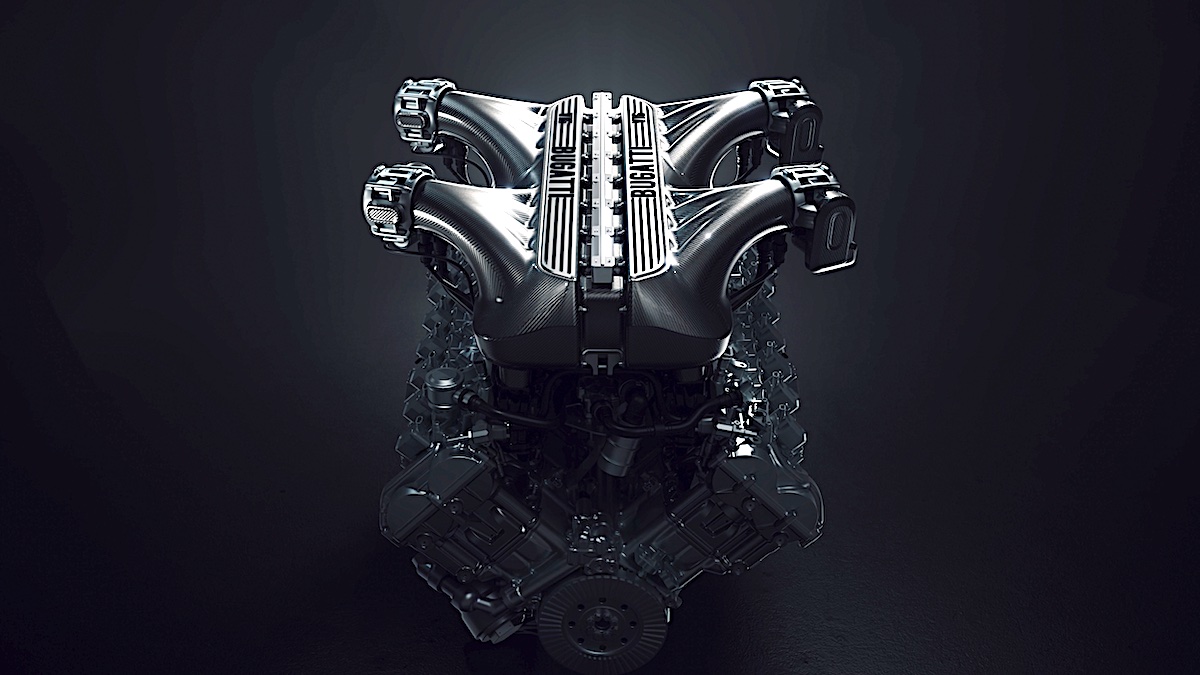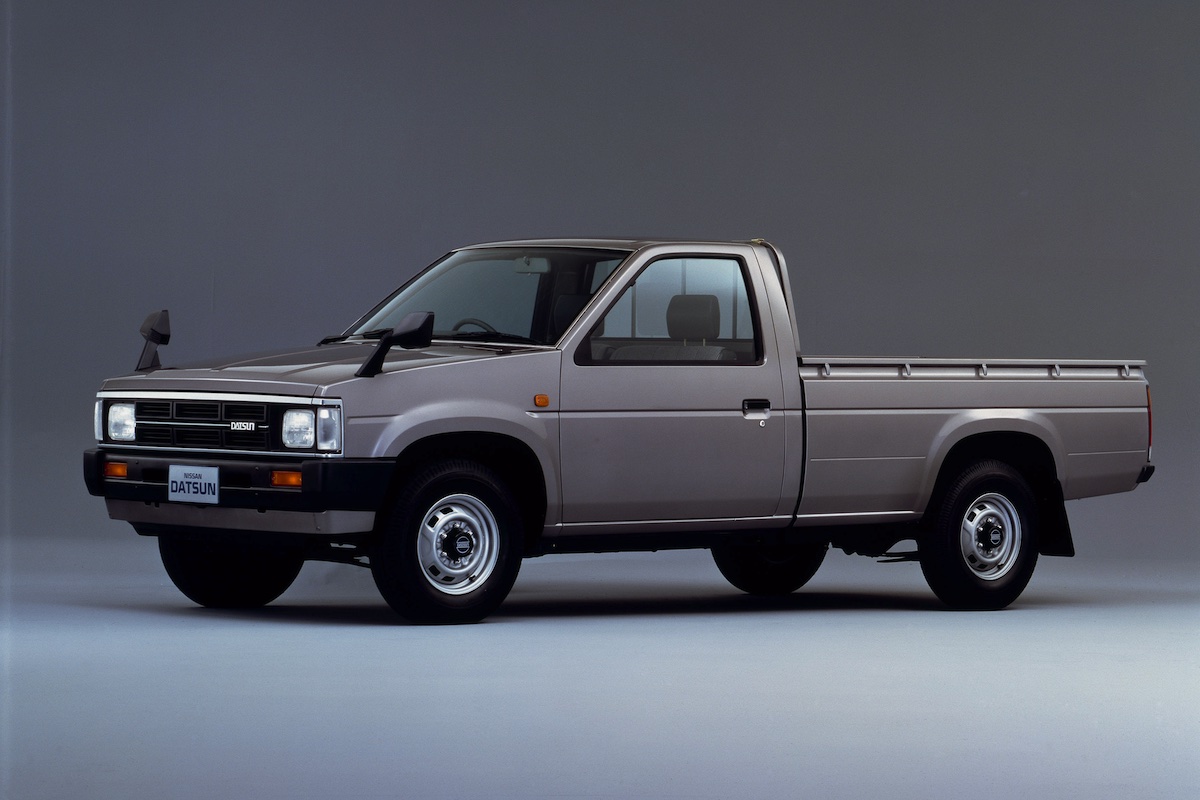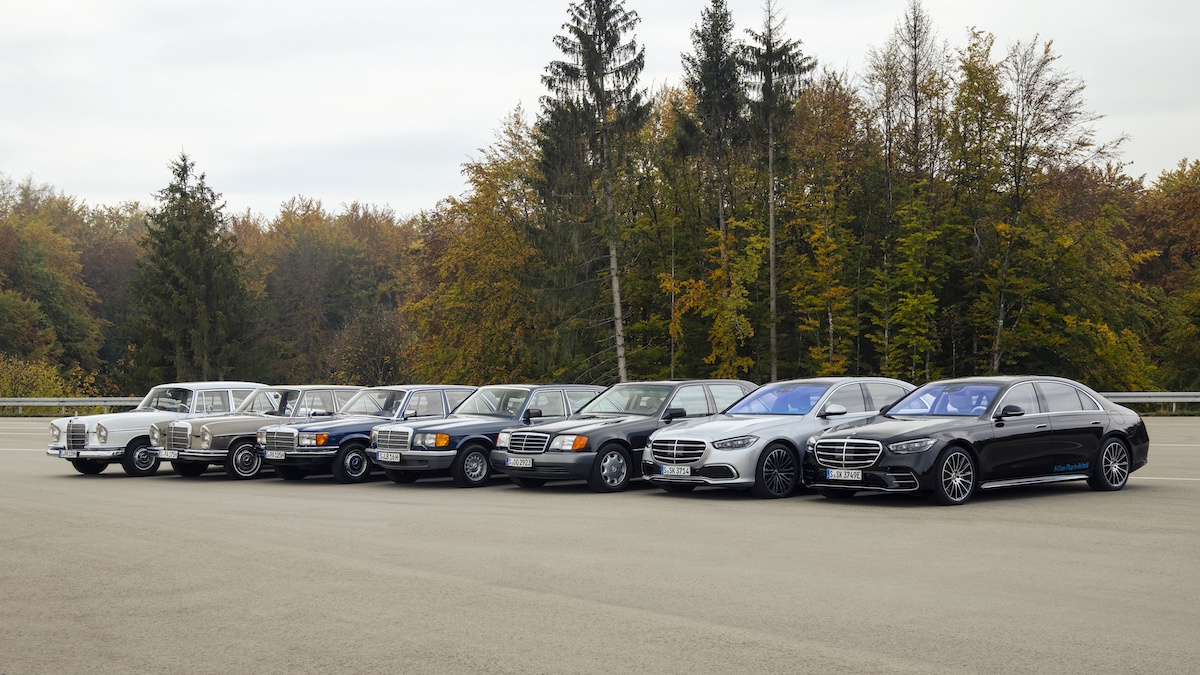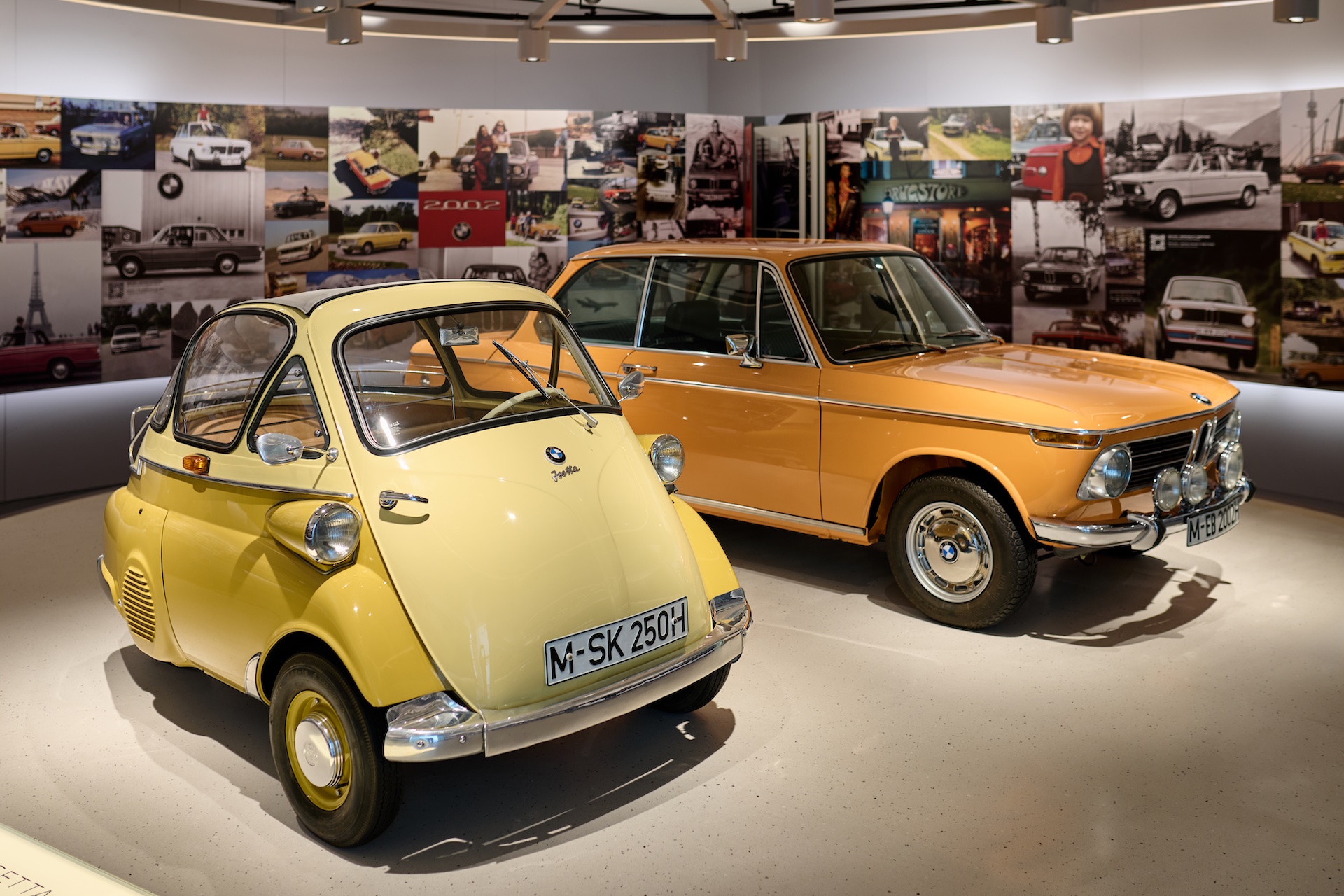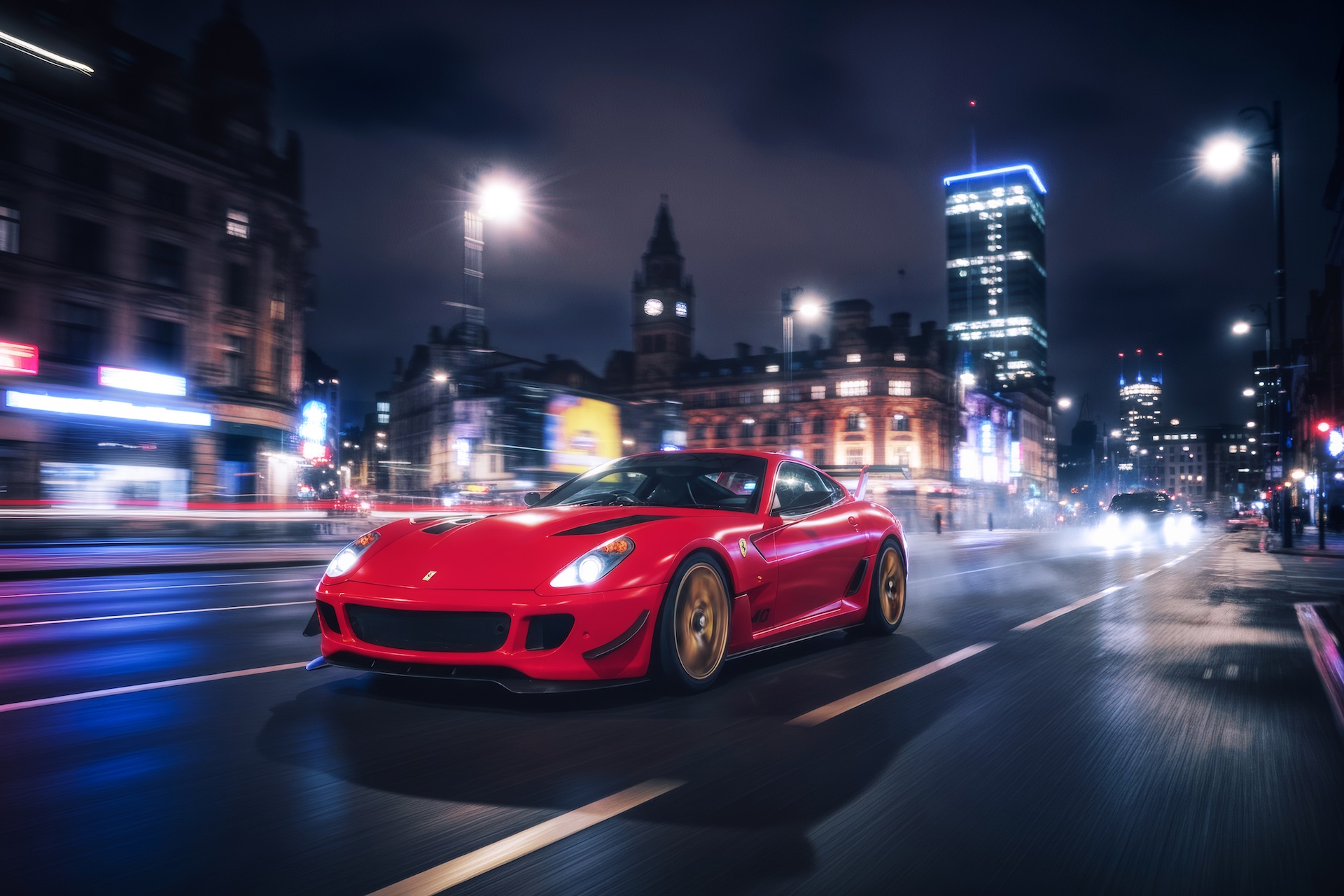The last series production car to feature a true V16 engine was the Cadillac Series 90, all the way back in 1938. Indeed, it was only during the 1930s that any V16 cars were in full-scale production.
There have been plenty of concepts in the years since – BMW had a crack in the 1980s with the ‘Goldfish’ prototype engine and again in the 2000s with the Rolls-Royce 100EX concept, while Cadillac also revealed the Sixteen concept car in 2003 – and several sixteen-cylinder cars using conjoined eight-cylinder engines, but it has taken until now for a proper V16 to materialise once again.
That car is the upcoming 2026 Bugatti Tourbillon. The iconic French brand is now under the ownership of Croatian electric hypercar startup Rimac and Porsche, having been acquired from Volkswagen Group in late 2021, but don’t think that the EV connection means this €3.8 million hypercar will be.
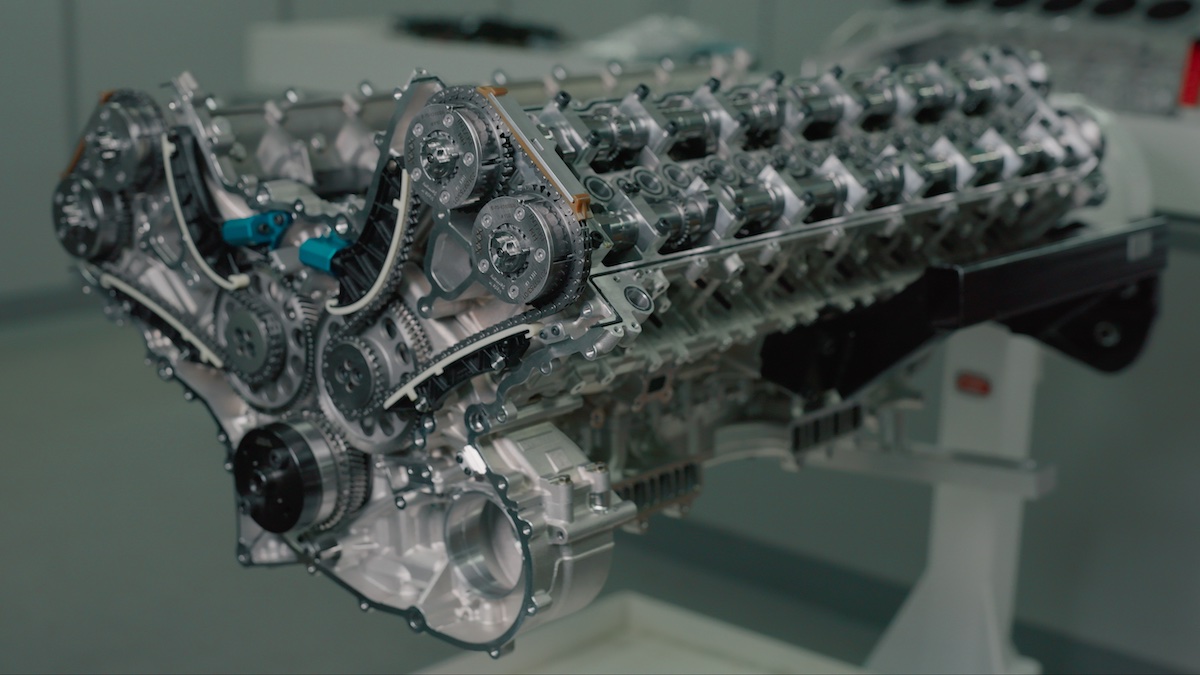
Instead, Bugatti Rimac has been working in conjunction with British engine masters Cosworth to develop a bespoke 8.3-litre naturally aspirated V16 for the Tourbillon, and to replace the Volkswagen-era W16 engine – which featured two VR8 engines mated to a common crankshaft at a 90-degree angle – that powered its predecessors, the Veyron and Chiron.
As with the lofty targets the brand has reached before, the numbers of this V16 make for staggering reading. The engine alone produces 1000PS (986hp / 736kW) at a screaming 9000rpm, while the addition of a hybrid system takes it to 1800PS (1775hp / 1324kW) combined. That’s enough to enable a 2.0-second 0-100km/h sprint and a top speed target of 445km/h.
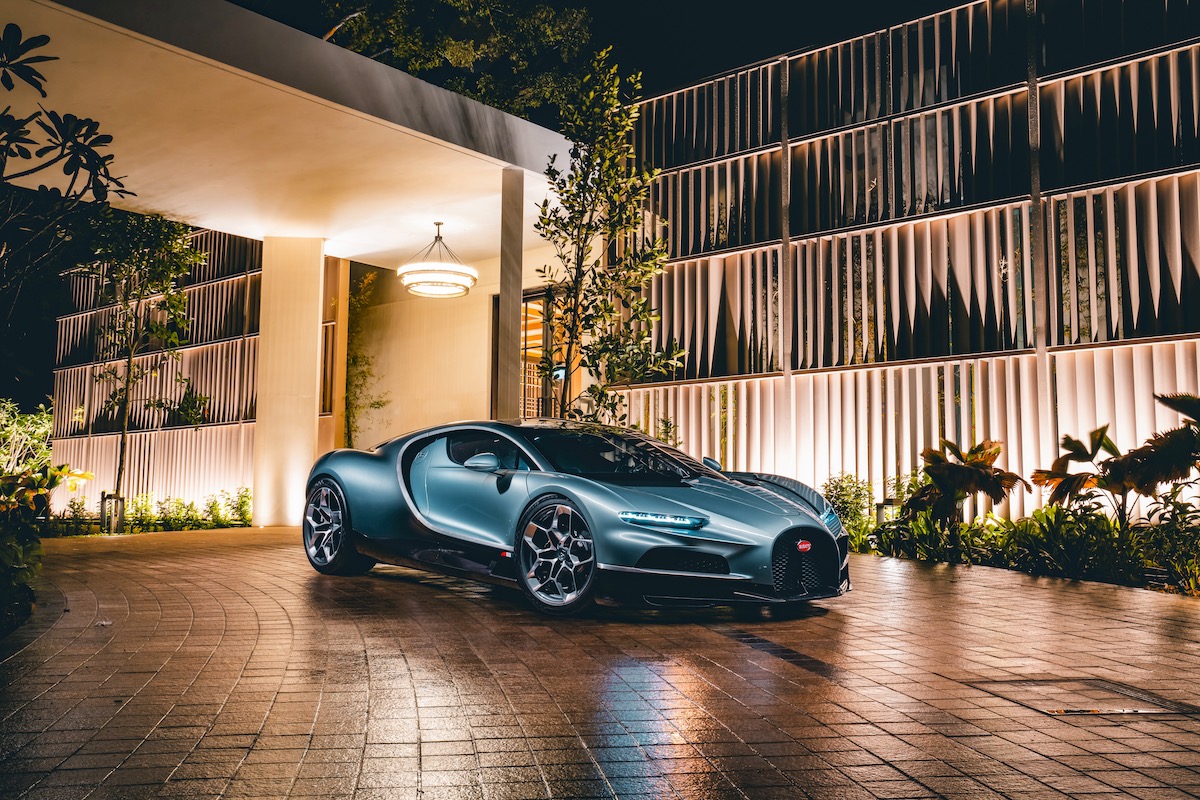
“Bugatti has always been about doing things differently. As a brand, we take on challenges that others wouldn’t attempt, and we do it with an unmatched level of craftsmanship and beauty,” says Emilio Scervo, Bugatti Rimac’s chief technical officer.
“This V16 is the ultimate expression of that mindset – an engine that defies convention, delivering both raw emotion and unparalleled performance in a way only Bugatti can.”
Bugatti has documented the development of this engine on its YouTube channel, and you can take a look behind the curtain at one of the most special engines to be produced in modern times below:



